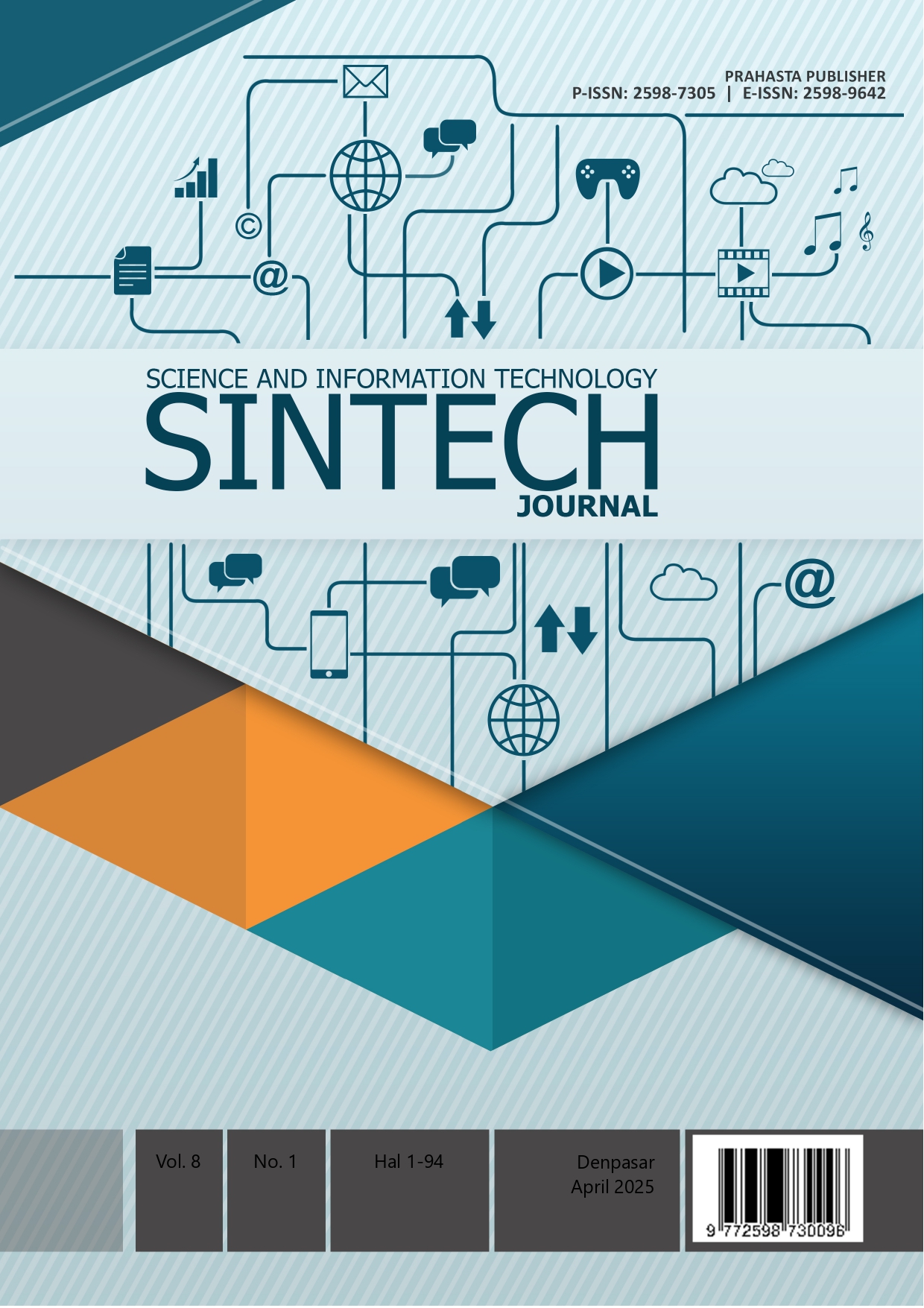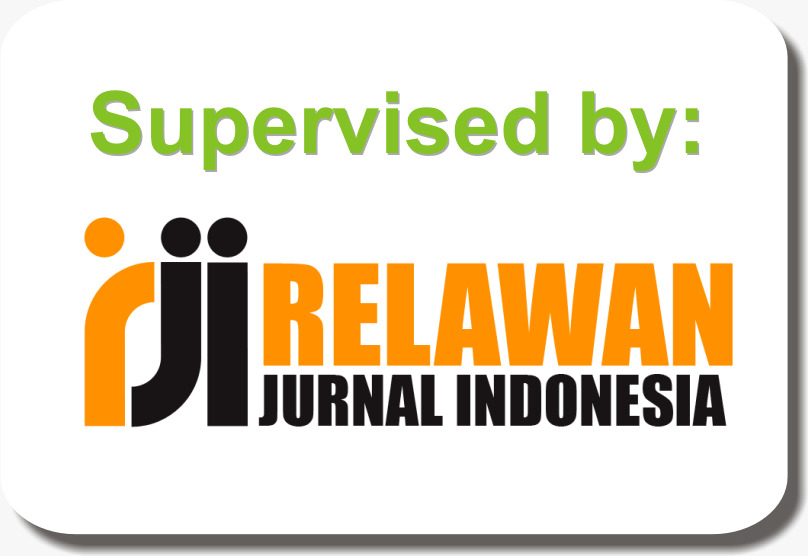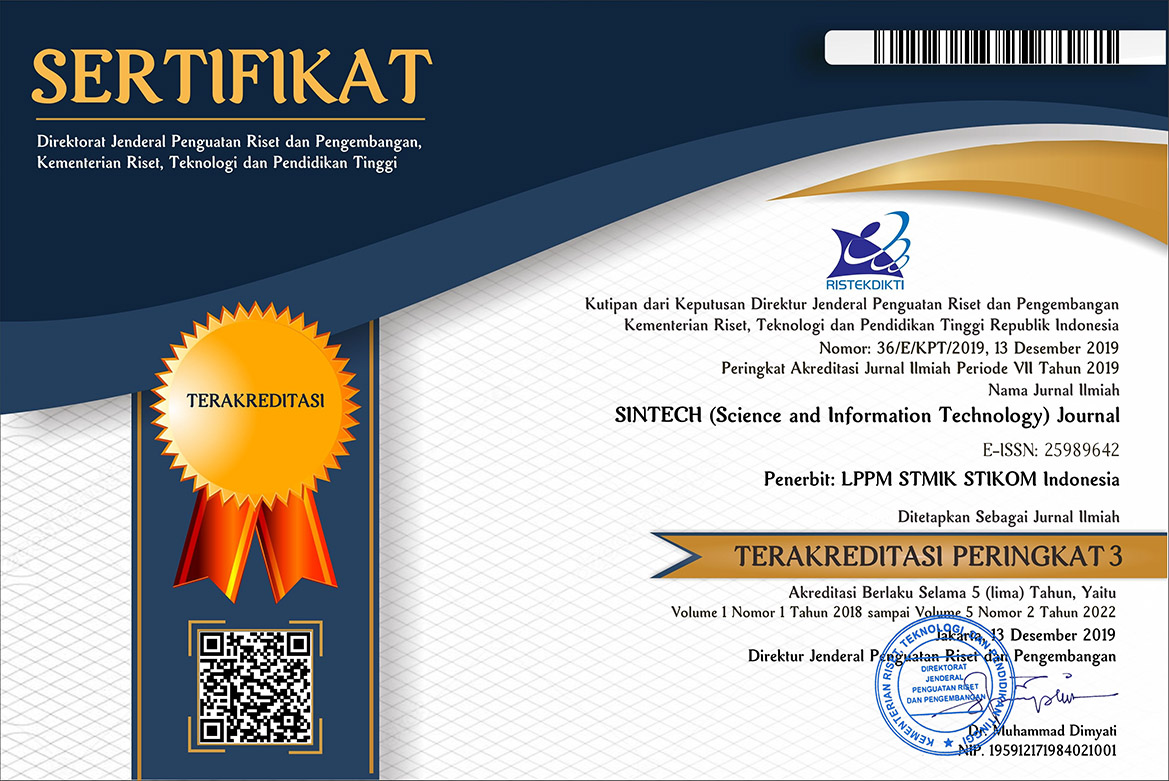A comparative Study of Boosting Algorithms Optimized by Cuckoo Search on Heart Disease Datasets
DOI:
https://doi.org/10.31598/sintechjournal.v8i1.1863Keywords:
heart disease, Machine Learning, optimization algorithmAbstract
Heart disease is one of the leading causes of death worldwide. The main factors of heart disease are smoking, alcohol consumption, and obesity. These diseases can affect overall health. Therefore, early detection is important to prevent severe complications. Early diagnosis is often challenging due to asymptomatic nature of heart disease in its initial stages, which leads to higher mortality. As an alternative, machine learning can be implemented for early detection. The purpose of this study is to implement three boosting algorithms: Adaptive Boosting (AB), Extreme Gradient Boosting (XGB), and Gradient Boost (GB). An optimization algorithm, such as the Cuckoo-search Algorithm (CSA), was performed to improve the algorithm's performance. The dataset used in this study are the Cleveland dataset which consists of 303 samples with 13 selected features and IEEE Dataport dataset, which contains 918 samples and 11 features.The evaluation results show that AdaBoost achieved a 0.81 F1 score for the IEEE Dataport dataset, while XGBoost achieved a 0.90 F1 score for the Cleveland dataset. These results indicate that XGBoost performs best for Cleveland dataset, while AdaBoost is more suitable for the IEEE dataport dataset. The Boosting algorithm method optimized by CSA improved accuracy on the IEEE Dataport dataset and maintained stability on the Cleveland dataset. This highlights the effectiveness of Cuckoo search in enhancing model performance. Compared to previous studies, the proposed Boosting Models optimized with CSA exhibited enhanced performance, demonstrating the effectiveness of metaheuristic optimization in heart disease prediction.
References
[1] S. H. Bani Hani and M. M. Ahmad, “Machine-learning Algorithms for Ischemic Heart Disease Prediction:A Systematic Review,” CCR, vol. 19, no. 1, p. e090622205797, Jan. 2023, doi: 10.2174/1573403X18666220609123053.
[2] M. Ahmed and I. Husien, “Heart Disease Prediction Using Hybrid Machine Learning: A Brief Review”.
[3] D. Shrestha, “Advanced Machine Learning Techniques for Predicting Heart Disease: A Comparative Analysis Using the Cleveland Heart Disease Dataset”.
[4] “Hybrid Machine Learning Approach for Accurate Heart Disease Prediction,” IJIES, vol. 17, no. 4, pp. 728–737, Aug. 2024, doi: 10.22266/ijies2024.0831.55.
[5] C. M. Bhatt, P. Patel, T. Ghetia, and P. L. Mazzeo, “Effective Heart Disease Prediction Using Machine Learning Techniques,” Algorithms, vol. 16, no. 2, p. 88, Feb. 2023, doi: 10.3390/a16020088.
[6] K. Eldora, E. Fernando, and W. Winanti, “Comparative Analysis of KNN and Decision Tree Classification Algorithms for Early Stroke Prediction: A Machine Learning Approach,” J. Inf. Syst. Informatics, vol. 6, no. 1, pp. 313–338, Mar. 2024, doi: 10.51519/journalisi.v6i1.664.
[7] M. Ahmed and I. Husien, “Heart Disease Prediction Using Hybrid Machine Learning: A Brief Review”.
[8] R. Ahmed, M. Bibi, and S. Syed, “Improving Heart Disease Prediction Accuracy Using a Hybrid Machine Learning Approach: A Comparative study of SVM and KNN Algorithms,” Int. J. CIM, vol. 3, no. 1, pp. 49–54, Jun. 2023, doi: 10.54489/ijcim.v3i1.223.
[9] D. Asif, M. Bibi, M. S. Arif, and A. Mukheimer, “Enhancing Heart Disease Prediction through Ensemble Learning Techniques with Hyperparameter Optimization,” Algorithms, vol. 16, no. 6, p. 308, Jun. 2023, doi: 10.3390/a16060308.
[10] N. Chandrasekhar and S. Peddakrishna, “Enhancing Heart Disease Prediction Accuracy through Machine Learning Techniques and Optimization,” Processes, vol. 11, no. 4, p. 1210, Apr. 2023, doi: 10.3390/pr11041210.
[11] Y. Xiong, Z. Zou, and J. Cheng, “Cuckoo search algorithm based on cloud model and its application,” Sci Rep, vol. 13, no. 1, p. 10098, Jun. 2023, doi: 10.1038/s41598-023-37326-3.
[12] C. L. Camacho-Villalón, M. Dorigo, and T. Stützle, “An analysis of why cuckoo search does not bring any novel ideas to optimization,” Computers & Operations Research, vol. 142, p. 105747, Jun. 2022, doi: 10.1016/j.cor.2022.105747.
[13] K. Jawad, R. Mahto, A. Das, S. U. Ahmed, R. M. Aziz, and P. Kumar, “Novel Cuckoo Search-Based Metaheuristic Approach for Deep Learning Prediction of Depression,” Applied Sciences, vol. 13, no. 9, p. 5322, Apr. 2023, doi: 10.3390/app13095322.
[14] D. Parasar, S. R. Vadalia, S. S. Chavan, K. R. Bhere, F. Nabi, and A. Z. Patel, “Waste Detection and Water Quality Assessment in Aquatic Environments: A Comprehensive Study Using YoloV8 and XGBoost,” Jan. 04, 2024. doi: 10.21203/rs.3.rs-3829799/v1.
[15] Sri Diantika, Hiya Nalatissifa, Riki Supriyadi, Nurlaelatul Maulidah, and Ahmad Fauzi, “IMPLEMENTATION OF MULTI-CLASS GRADIENT BOOSTING TO CLASSIFY ANIMAL SPECIES IN ZOOS: IMPLEMENTASI MULTI-CLASS GRADIENT BOOSTING UNTUK MENGKLASIFIKASIKAN JENIS HEWAN PADA KEBUN BINATANG,” antivirus, vol. 17, no. 1, pp. 33–40, Jun. 2023, doi: 10.35457/antivirus.v17i1.2812.
[16] R. Sikander, A. Ghulam, and F. Ali, “XGB-DrugPred: computational prediction of druggable proteins using eXtreme gradient boosting and optimized features set,” Sci Rep, vol. 12, no. 1, p. 5505, Apr. 2022, doi: 10.1038/s41598-022-09484-3.
[17] O. Alshboul, A. Shehadeh, G. Almasabha, and A. S. Almuflih, “Extreme Gradient Boosting-Based Machine Learning Approach for Green Building Cost Prediction,” Sustainability, vol. 14, no. 11, p. 6651, May 2022, doi: 10.3390/su14116651.
[18] M. Adnan, A. A. S. Alarood, M. I. Uddin, and I. Ur Rehman, “Utilizing grid search cross-validation with adaptive boosting for augmenting performance of machine learning models,” PeerJ Computer Science, vol. 8, p. e803, Feb. 2022, doi: 10.7717/peerj-cs.803.
[19] D. Namira Purba, G. Khoerunnisa, and I. Kurniawan, “Firefly Algorithm Under-Sampling (FAUS) in Handling Imbalance Data on Drug Target Interaction Prediction,” in 2024 12th International Conference on Information and Communication Technology (ICoICT), Bandung, Indonesia: IEEE, Aug. 2024, pp. 73–78. doi: 10.1109/ICoICT61617.2024.10698356.
[20] J. Velthoen, C. Dombry, J.-J. Cai, and S. Engelke, “Gradient boosting for extreme quantile regression,” Extremes, vol. 26, no. 4, pp. 639–667, Dec. 2023, doi: 10.1007/s10687-023-00473-x
Downloads
Published
How to Cite
Issue
Section
License
Copyright (c) 2025 Diya Namira Purba, Anggi Rodesa Sasabella, Afni Tazkiyatul Misky

This work is licensed under a Creative Commons Attribution-NonCommercial-ShareAlike 4.0 International License.











1.png)




